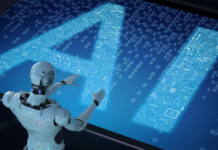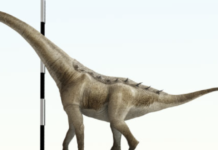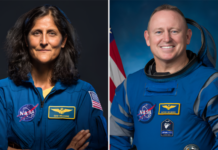
By: Angelina Tang
Ever since the recent rise of ChatGPT at the beginning of 2023, artificial intelligence has taken the population by storm. Everybody is suddenly seemingly hyper-aware of the increasing power of AI, but the truth is that AI has proven itself to be as effective or more so in completing tasks as people many times over in the past. From chess AI and go AI that beat human world masters on undefeated streaks to the more recent advent of art AI, artificial intelligence began their domination in niche human realms long ago; only now are they slowly creeping onto more mainstream platforms.
The rise of art AI in particular has been up for controversial debate ever since the end of 2022, when an app called Lensa (produced by Prisma Labs in 2018) received an update in early December that allowed it to utilize an AI deep-learning model to take pictures of people, learn their features, and “draw” them in various art styles. A small fee must be paid for the AI to convert a certain number of pictures into drawings. The app blew up, and everyone from influencers to celebrities were using Lensa to create selfies of themselves. Riding on Lensa’s wave, more powerful programs like NovelAI and DALL-E also increased in popularity; this was when I, the author, learned that AI art existed, after all. As more and more people began experimenting with them and testing their capabilities, it turned out that they were actually pretty good. The pieces produced by AI were comparable to real artists’, and this is where the problem arose.
Since the way AI produces art stems from analyzing existing art and basing its works off of said art, many artists have declared that AI art is essentially art theft. Even though human artists often do the same thing, studying other people’ works to figure out what works and what doesn’t, “study” pieces are often unpublished; if they are, then consent is obtained from the original artist to use their piece as a reference and that original artist is credited. Since AI art does not credit the original artist but heavily references or copies their work, with some programs even attempting to copy and generate the watermark or signature, then the non-consensual use of the original piece may be considered theft.
In addition, people have brought up the ethical concern of having an AI generate a piece of art in a minute that an artist would have to spend days or even weeks completing. The maker of the AI profits from the pieces it generates off of stolen work; on the other hand, if you were to commission a traditional artist for the same work, you would receive an authentic piece of art created personally for you while also paying and supporting the artist. Many people have also pointed out that AI art may come off as unemotional and possibly less creative as a result than human art; the field of art as a whole would suffer and lose some of its intricacies if AI art grew to be its most popular medium.
Some have also argued that AI art may be a positive thing, though, because it can be used to get inspiration and boost creativity. The debate over AI art is complicated and ongoing, as these apps continue to run and be used while artists continue to lobby against them. The fear of human work being taken over by machines is rising in all fields, it seems–only time will tell how far AI will go and how much damage it may cause.









